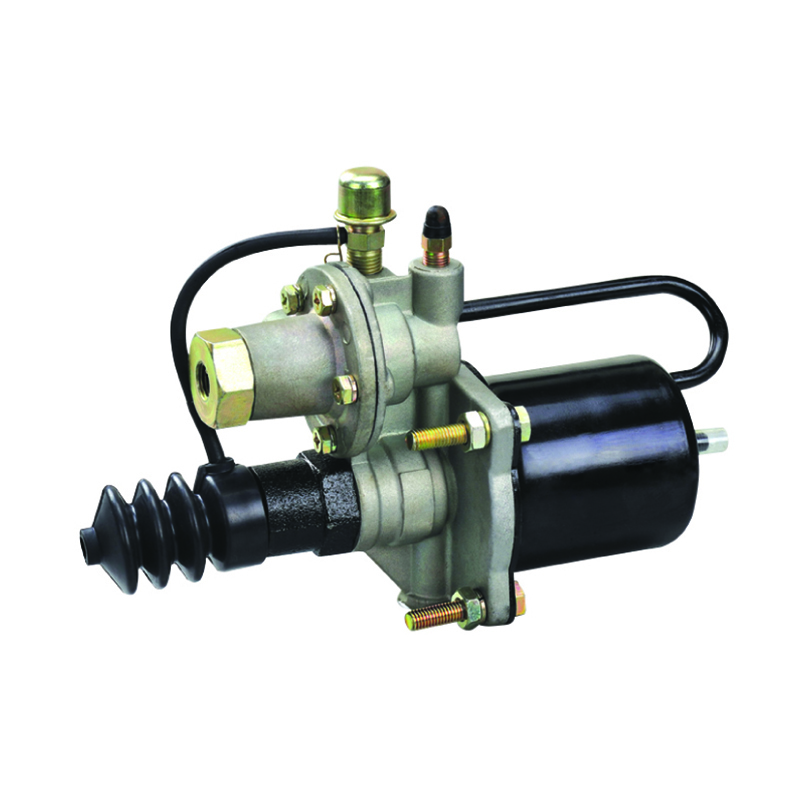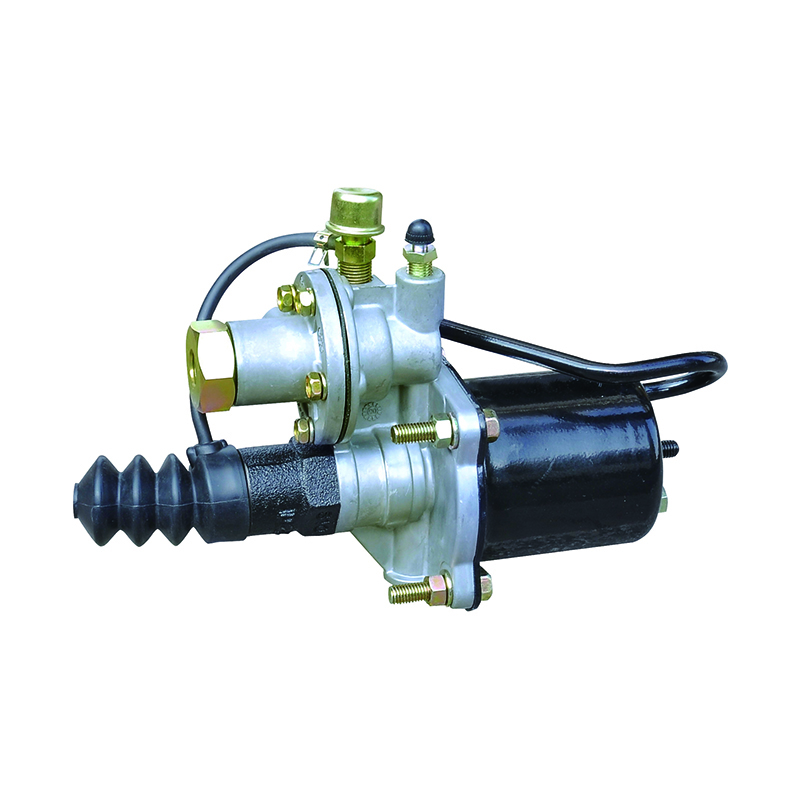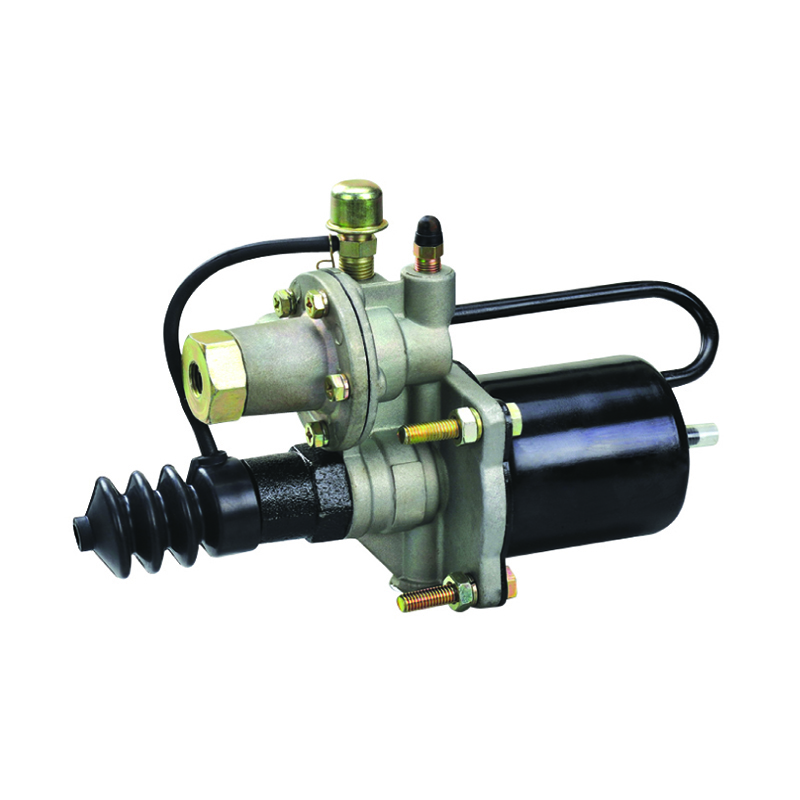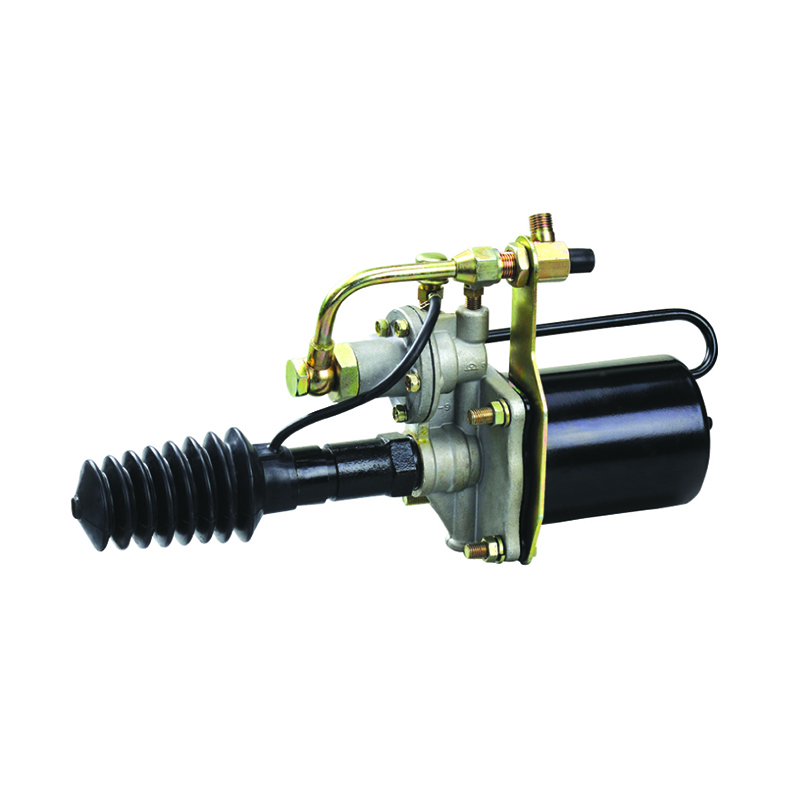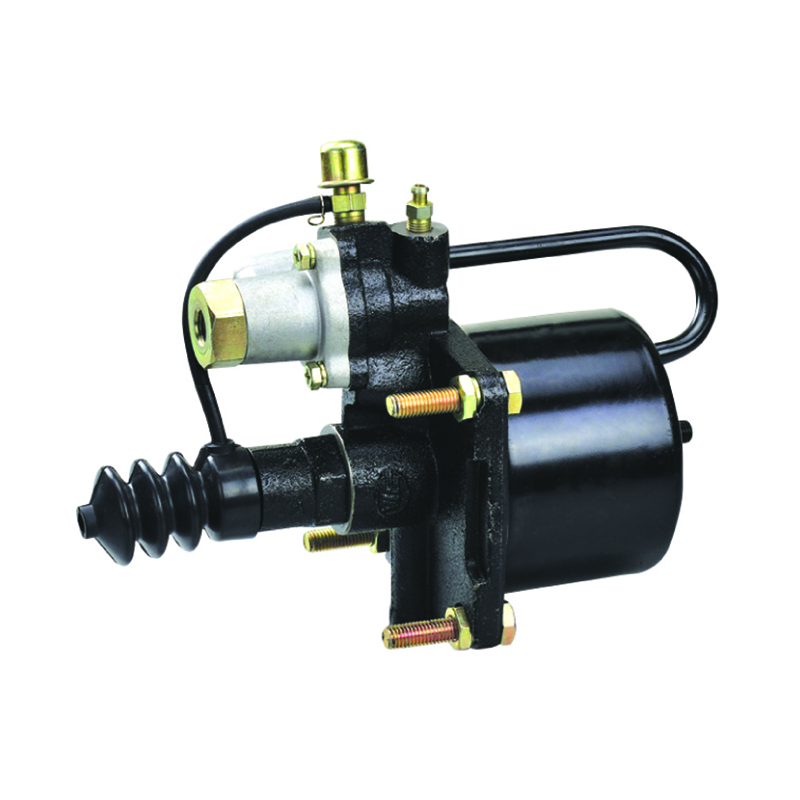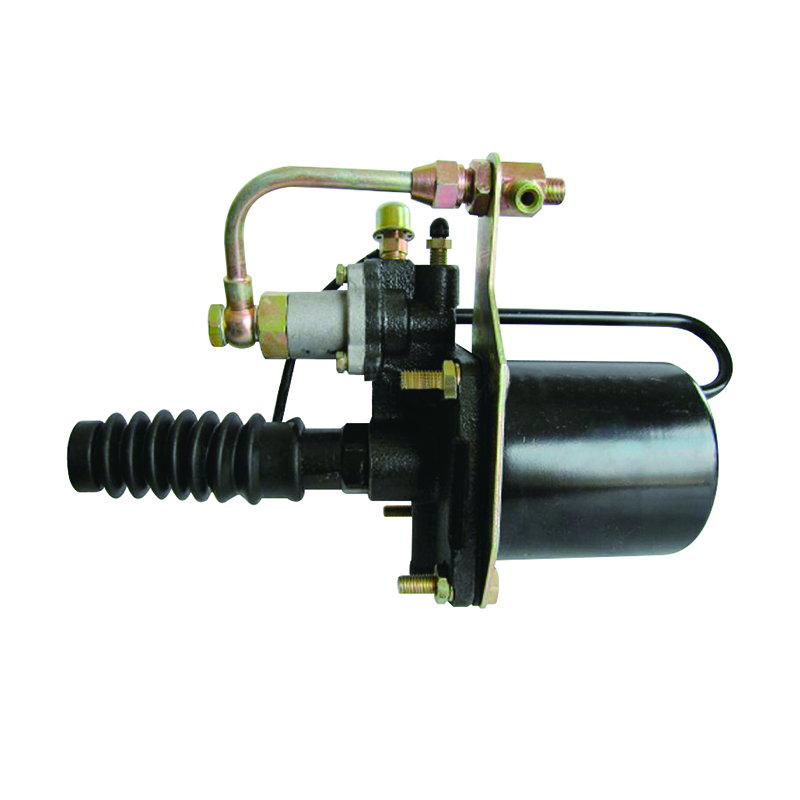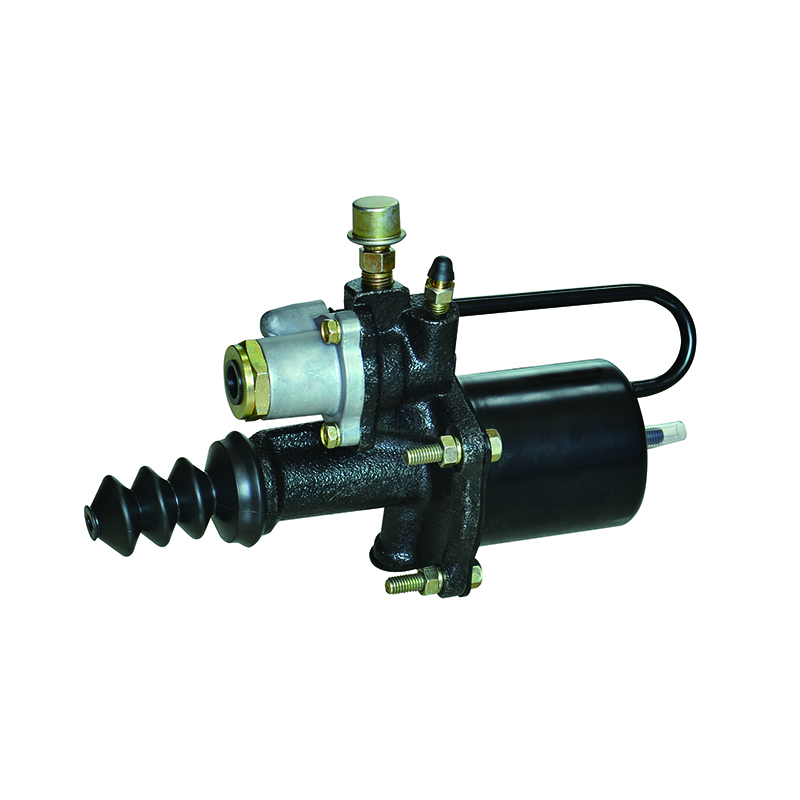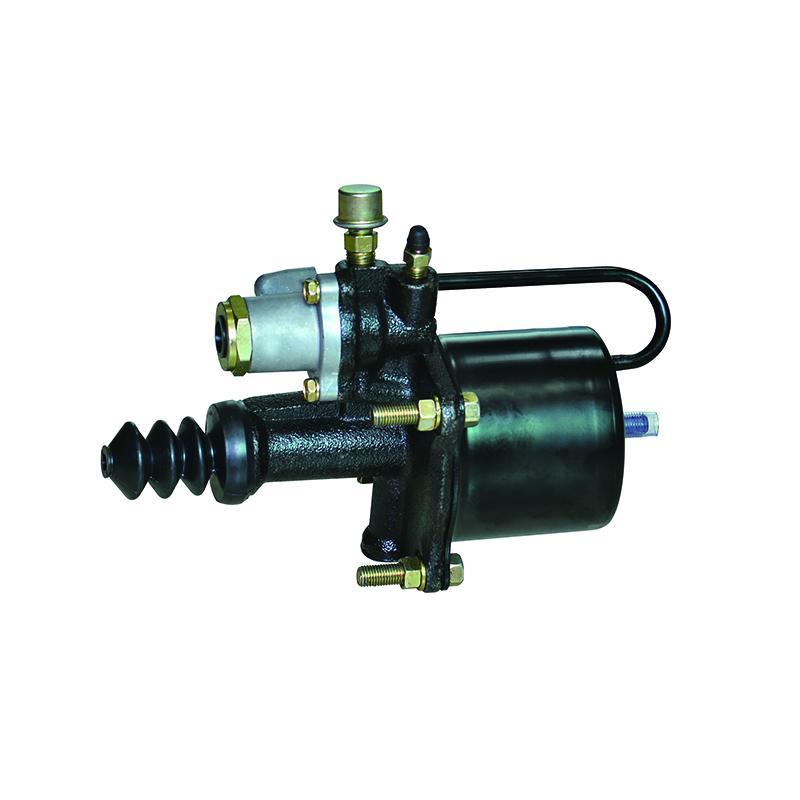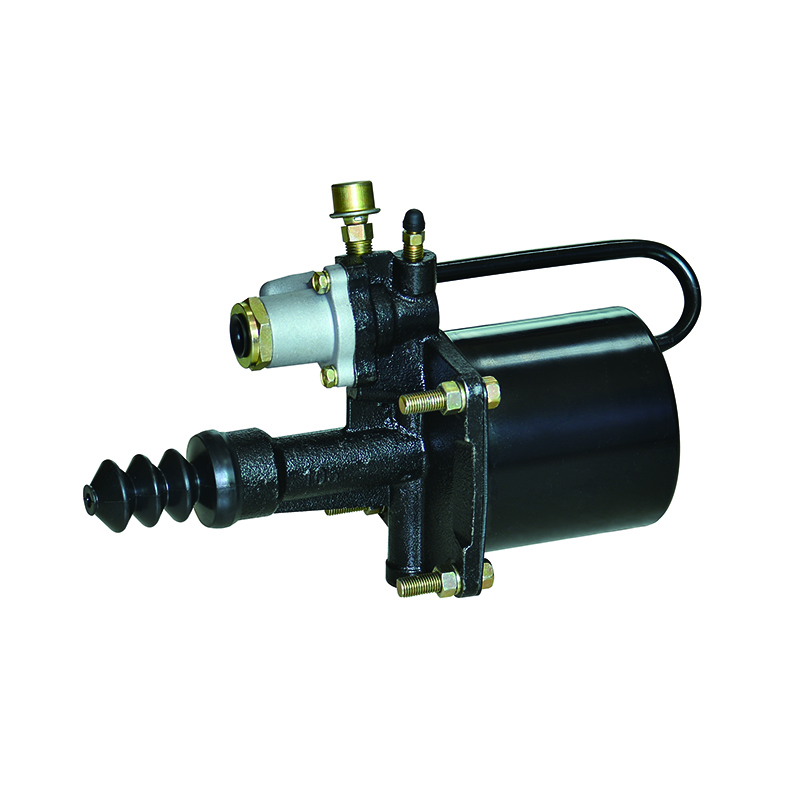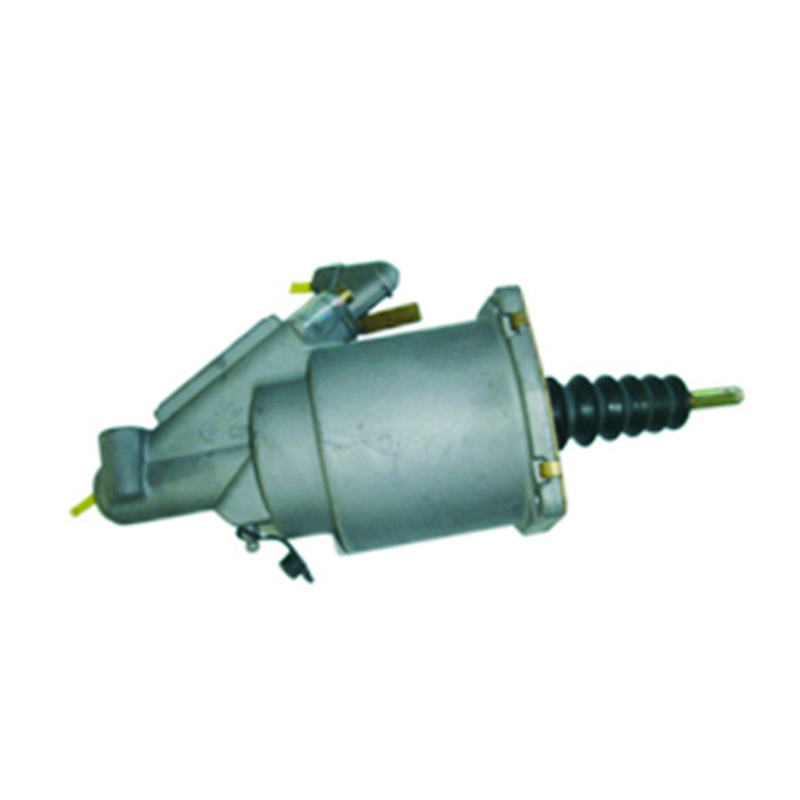For exclusive deals and latest offers, signup by entering your email address below.
Enhancing Braking Efficiency with Air Brake Boosters
Air brake boosters are an important component in enhancing braking efficiency in vehicles equipped with air brake systems. They assist in the application and release of the brakes, allowing for more effective and responsive braking.
Air brake boosters work by utilizing compressed air from the vehicle's air reservoir to multiply the force applied to the brake pedal. They consist of a diaphragm, a pushrod, and a control valve. When the brake pedal is pressed, air pressure is directed to one side of the diaphragm, causing it to move and exert force on the pushrod. This force is then transmitted to the master cylinder, which applies hydraulic pressure to the brakes.
Here are some ways in which air brake boosters enhance braking efficiency:
Power assistance: Air brake boosters provide power assistance to the braking system, allowing the driver to apply greater force on the brake pedal without excessive effort. This translates to quicker and more forceful brake application, resulting in shorter stopping distances.
Reduced pedal effort: By multiplying the force applied to the brake pedal, air brake boosters reduce the amount of physical effort required by the driver to apply the brakes. This is particularly beneficial in heavy-duty vehicles and those carrying heavy loads, where the brake pedal force required could be substantial without the booster.
Quick response: Air brake boosters enable rapid response when the brake pedal is depressed. The compressed air is readily available, allowing for instant transmission of force to the brakes. This helps in minimizing response time and improving overall braking performance.
Consistent braking force: Air brake boosters help maintain consistent and predictable braking force, regardless of the force applied by the driver. This enhances control and stability during braking maneuvers, especially in emergency situations.
Improved modulation: The power assistance provided by air brake boosters allows for better modulation of the braking force. The driver can easily adjust the amount of pressure applied to the pedal, leading to smoother and more precise braking, especially during gradual deceleration.
Backup system: Air brake boosters can act as a backup system in case of a loss of hydraulic brake pressure. If there is a failure in the hydraulic system, the air brake booster can still provide braking force, ensuring some level of braking capability.

 English
English 中文简体
中文简体
